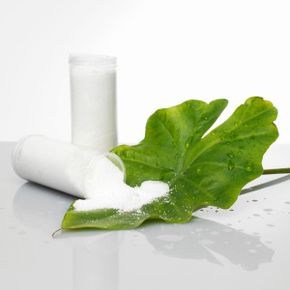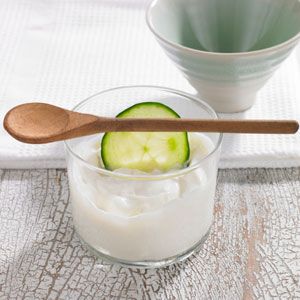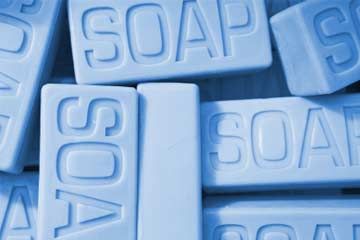As you might expect, a number of different chemicals, oils and substances are combined to create the soaps and washes we use to cleanse our skin. But you might not have a good understanding of what each ingredient is, or where it comes from. Animal products, such as fats, oils and sodium salts are commonly used to create the soaps we use in our homes. For some, this poses a problem. Some consumers simply don't want to use products that contain animal products, and some people can't use them because they're allergic. But there are alternatives to some of these animal-based substances, one of which is sodium cocyl isethionate.
Sodium cocoyl isethionate -- also known as sodium isethionate -- is a sodium salt derived from coconut oil. It's a common replacement for animal-derived sodium salts like sodium tallowate, which is derived from cattle and sheep. Sodium isethionate acts as a surfactant in soaps and cleansers -- it lowers the surface tension of water, which makes the cleanser easier to spread on your face when you wash it, and helps water and oil bond. Simply put, sodium isethionate helps water cling to the dirt and oil on your skin, allowing it to be washed away. Because of sodium isethionate's mild nature, it's often found in toothpastes and in baby soaps.
Advertisement
If you prefer not to use animal ingredients in your soap, check ingredient lists for sodium isethionate: It's a gentle, plant-based product that works just as well as animal-based products. To learn more about soap and what goes into it, visit the Web sites listed on the following page.


